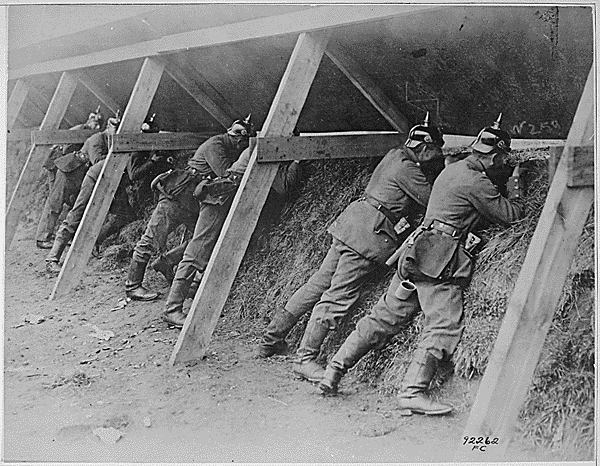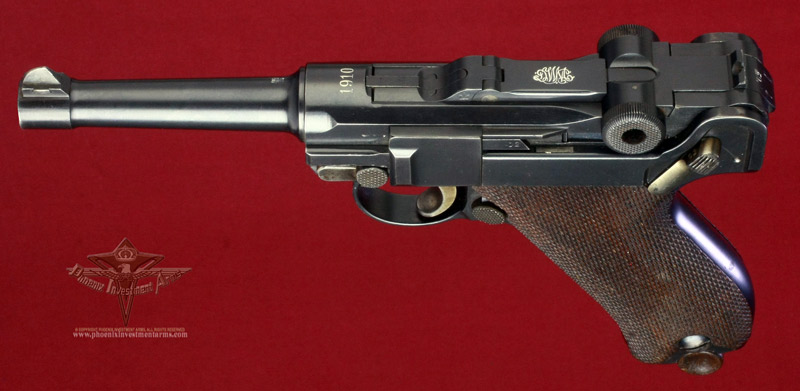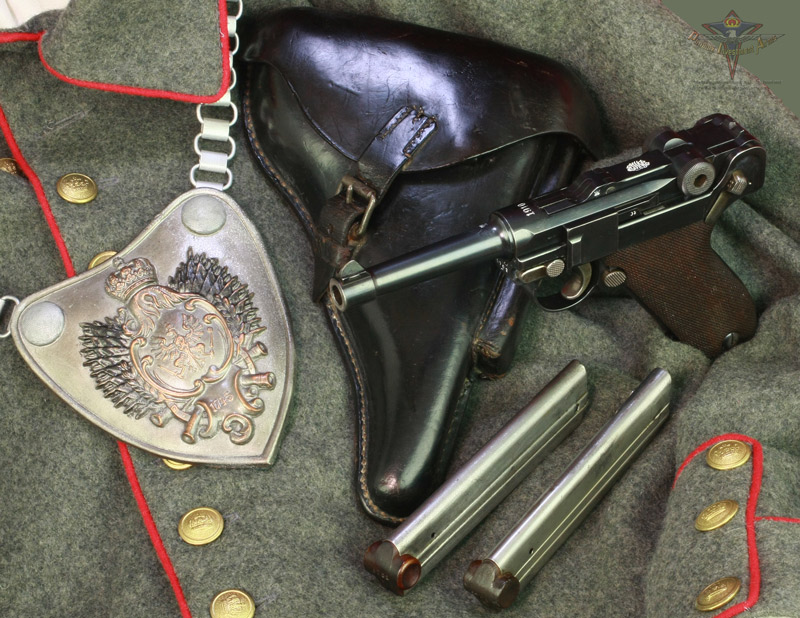The causes of World War I, which began in central Europe in July 1914, included many intertwined factors, such as the conflicts and hostility of the four decades leading up to the war. Militarism, alliances, imperialism, and nationalism played major roles in the conflict as well. However, the immediate origins of the war lay in the decisions taken by statesmen and generals during the July Crisis of 1914, casus belli for which was the assassination of Archduke Franz Ferdinand of Austria and his wife by Gavrilo Princip, an irredentist Serb on June 28, 1914. On that date Austria declared war on Serbia. Germany, an ally of Austria declared war on August 1st declared war on Russia an ally of Serbia and France on August 3rd 1914. The English, an ally of France declared war on Germany on August 4th, 1914
The crisis came after a long and difficult series of diplomatic clashes between the Great Powers over European and colonial issues in the decade before 1914 that had left tensions high. In turn these diplomatic clashes can be traced to changes in the balance of power in Europe since 1867. The more immediate cause for the war was tensions over territory in the Balkans. Austria-Hungary competed with Serbia and Russia for territory and influence in the region and they pulled the rest of the Great Powers into the conflict through their various alliances and treaties.
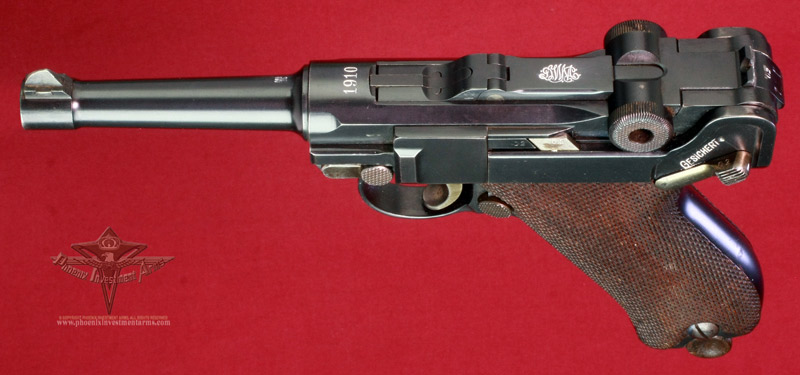

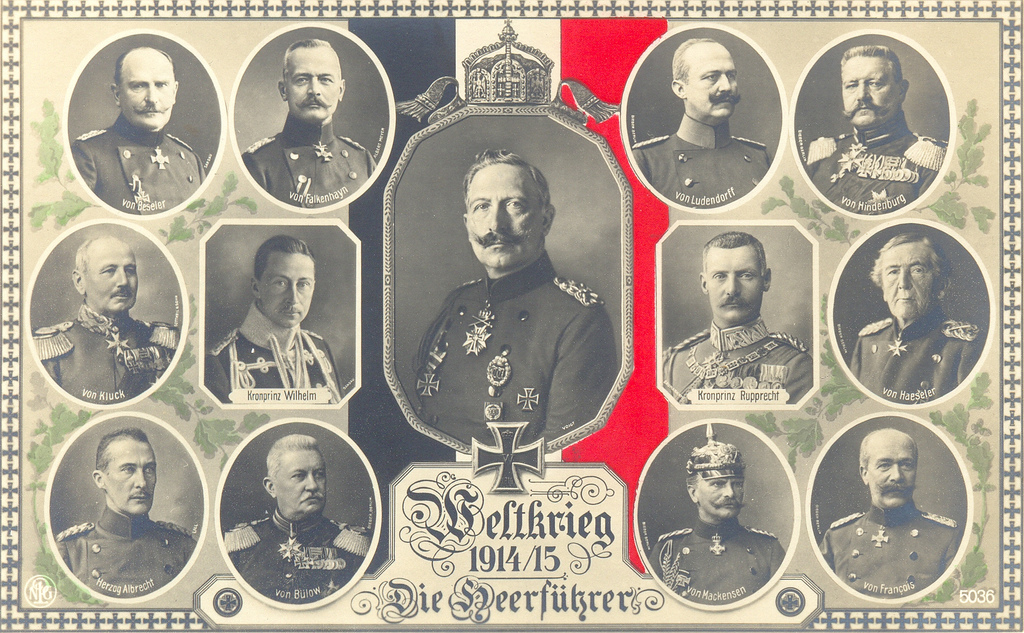
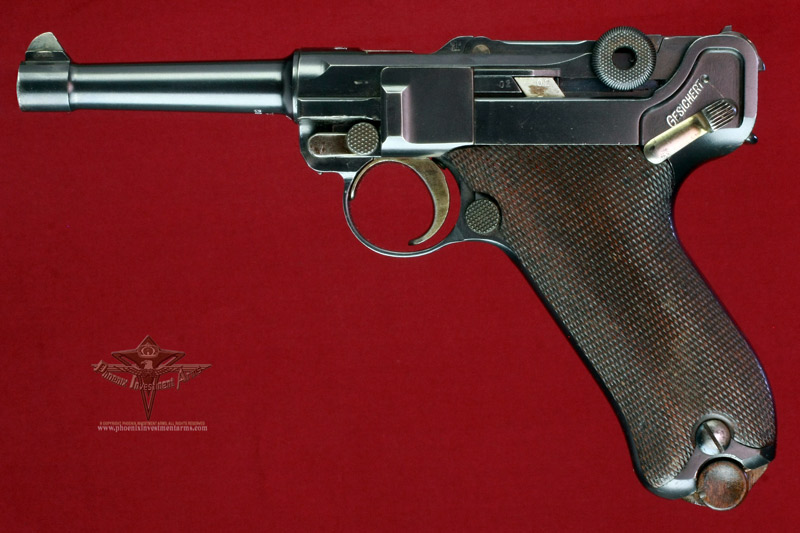
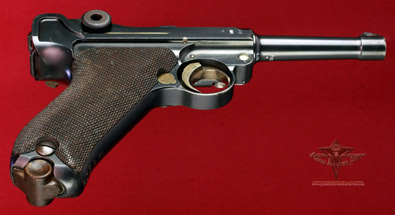
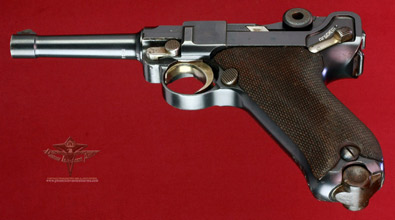
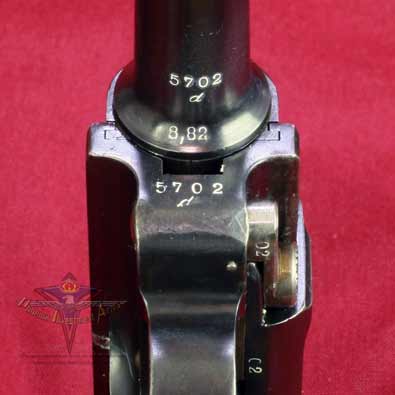
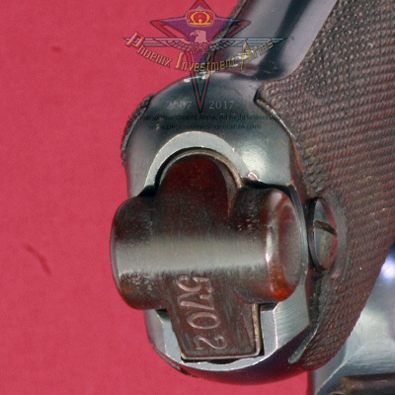


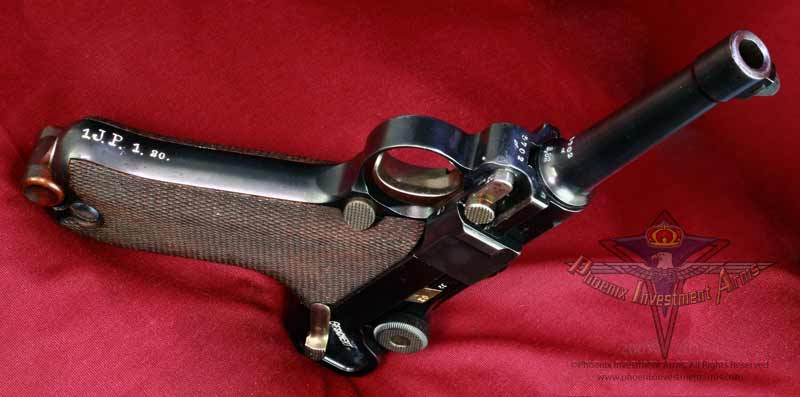
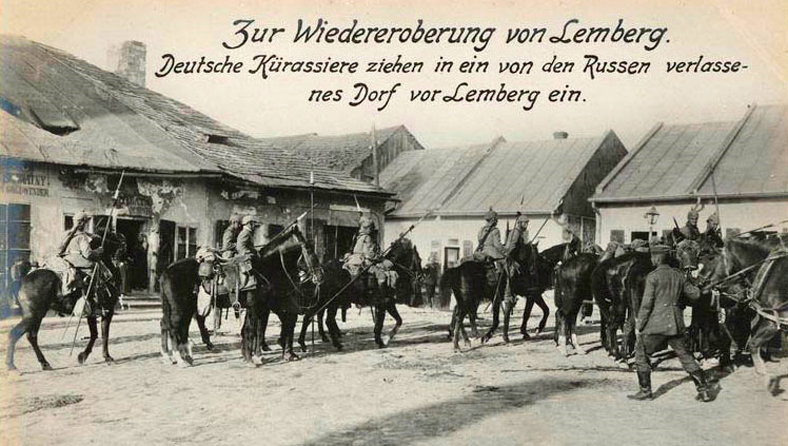
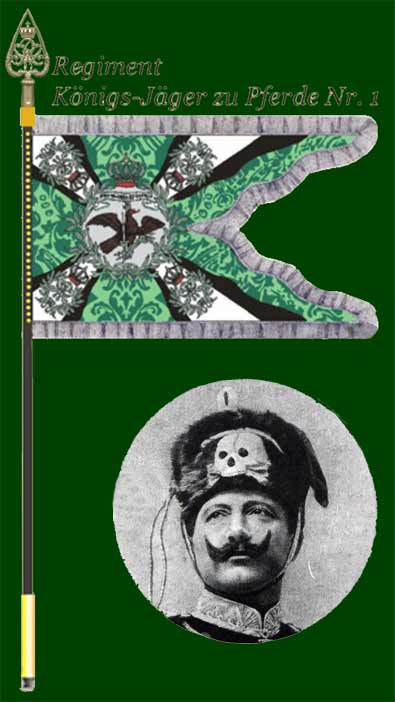
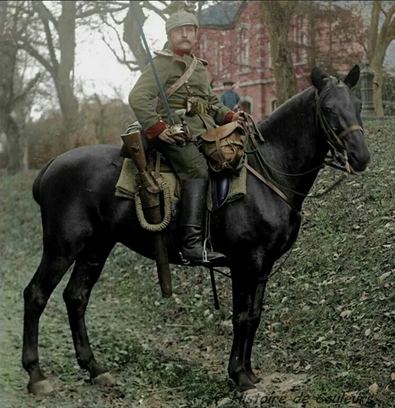
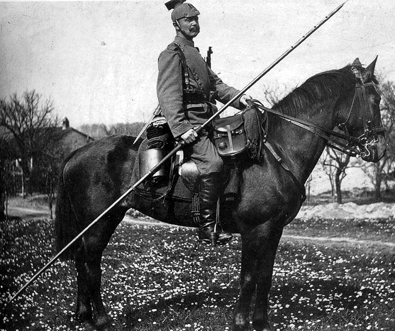

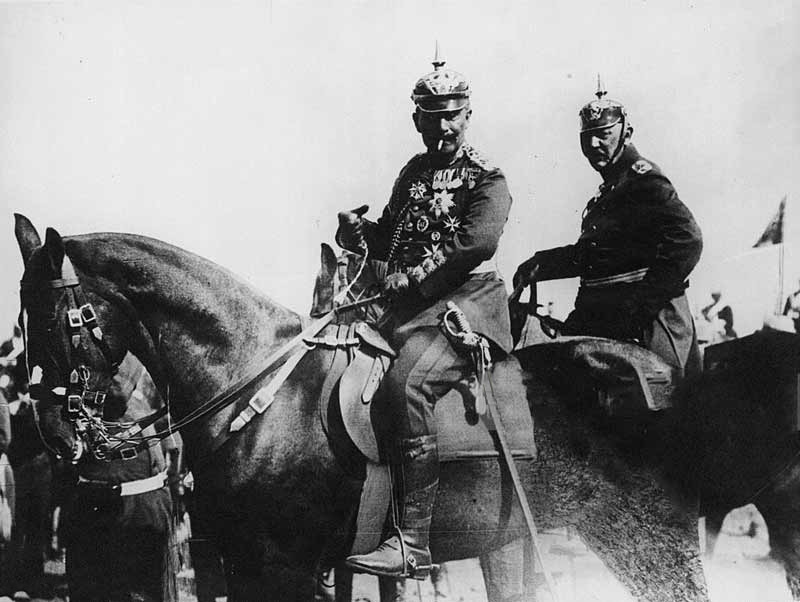

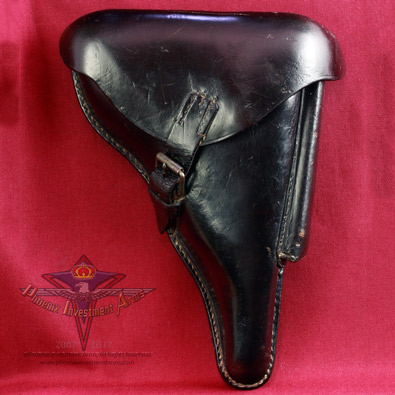
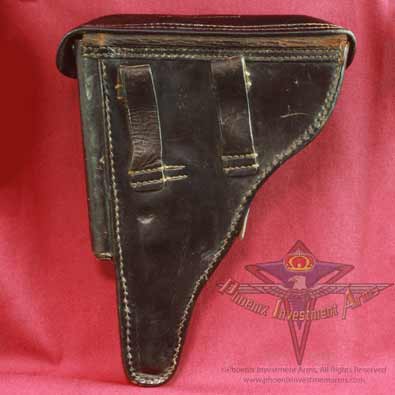

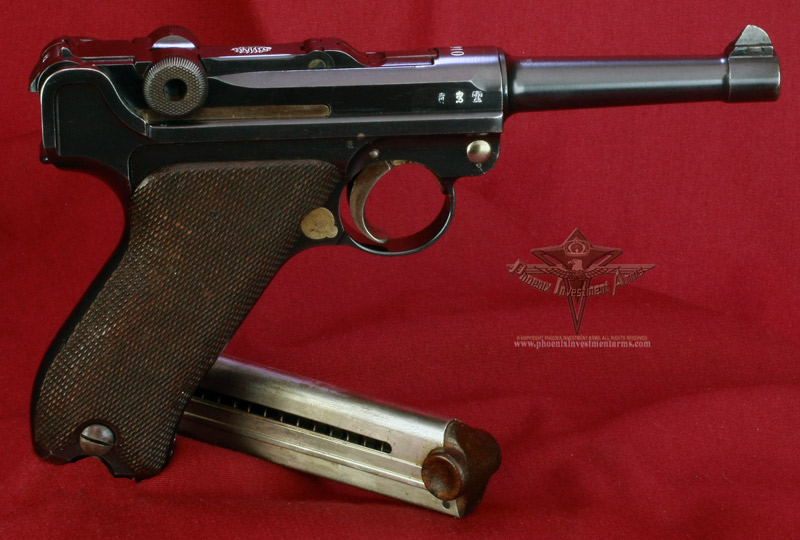

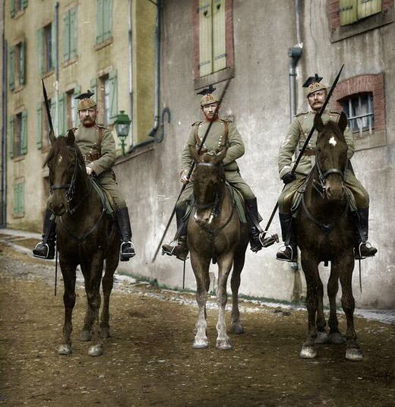
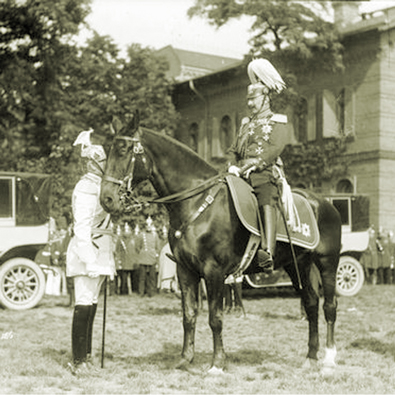
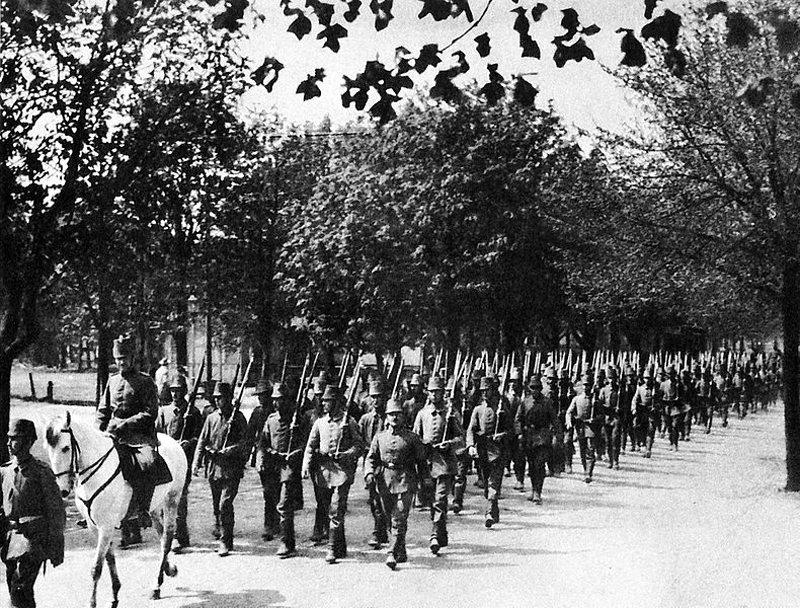

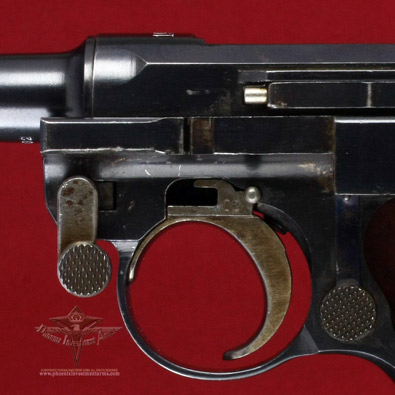

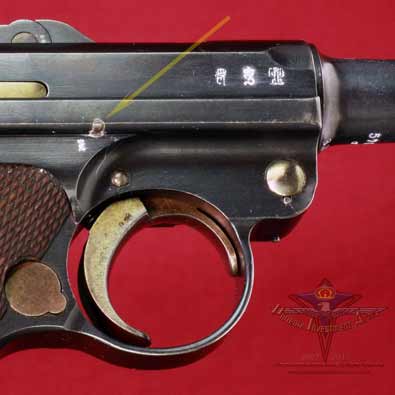
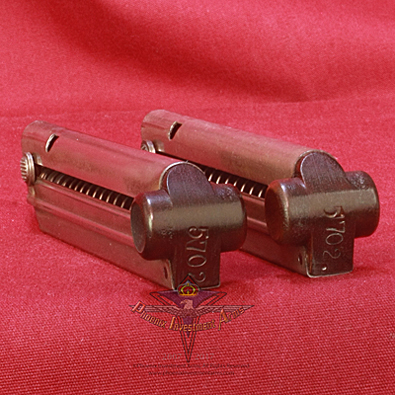
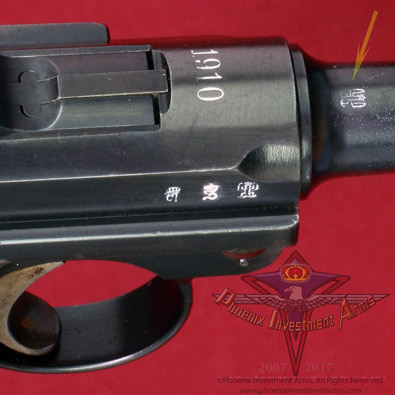
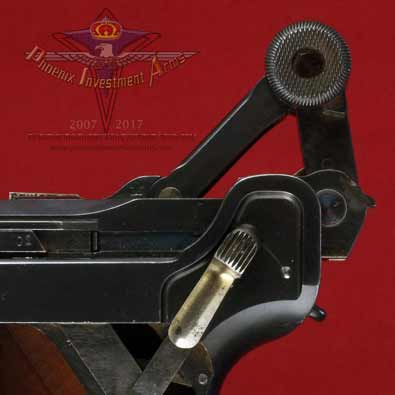
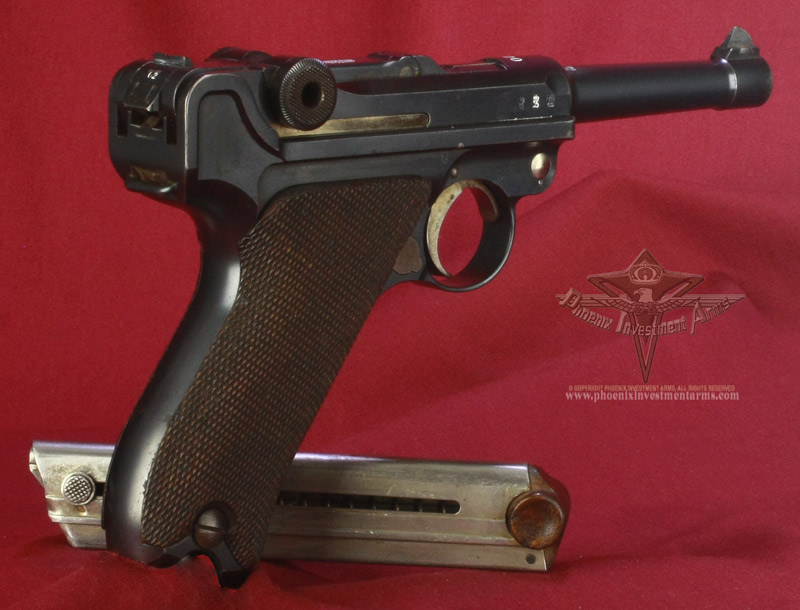
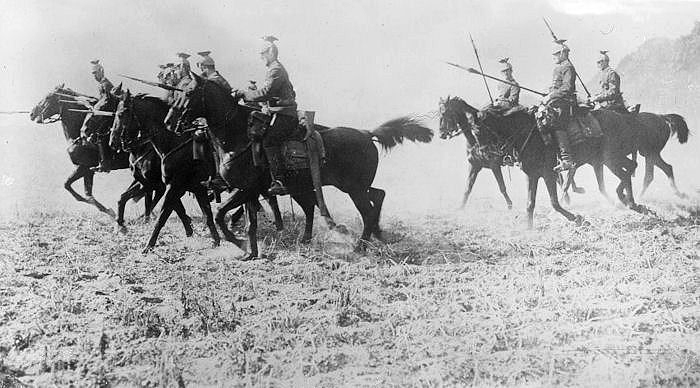
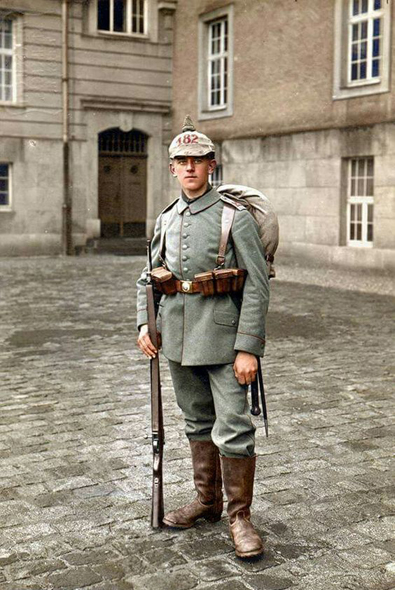
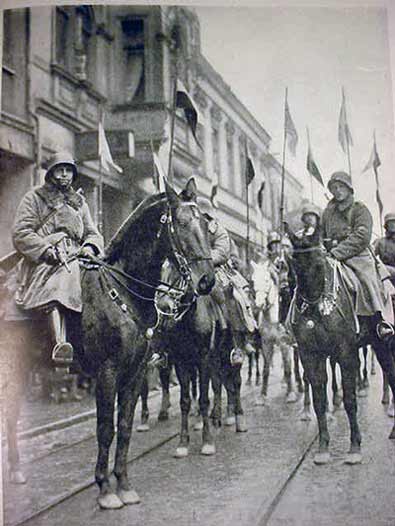
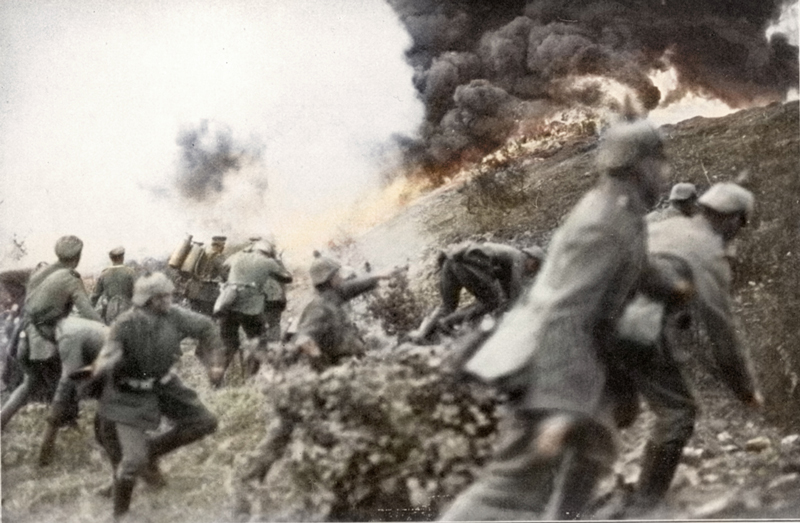

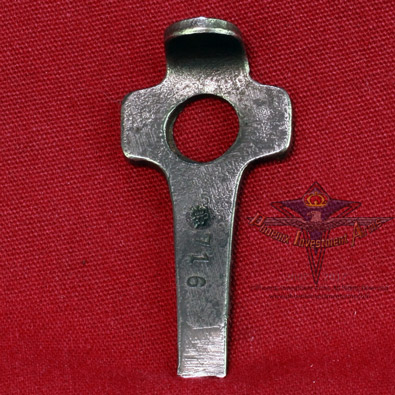
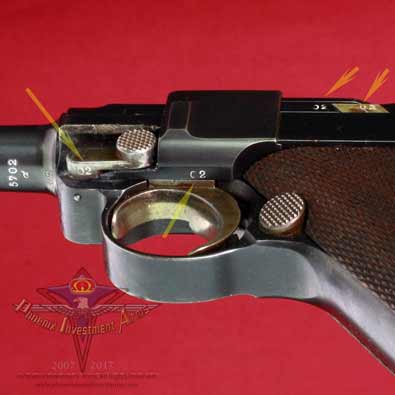
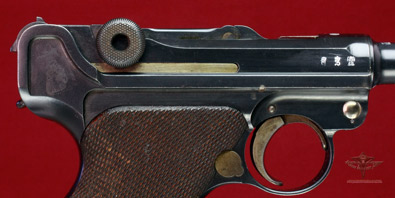
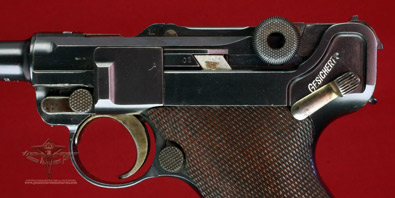

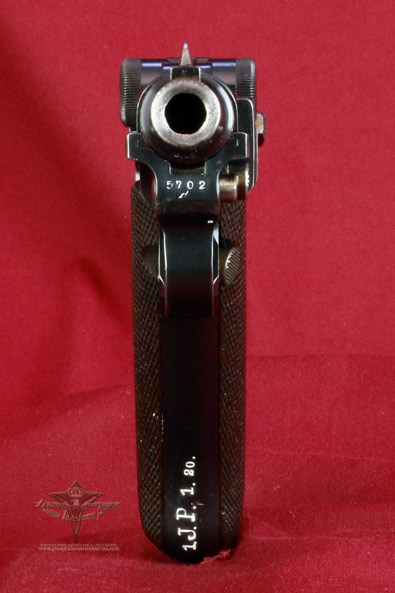
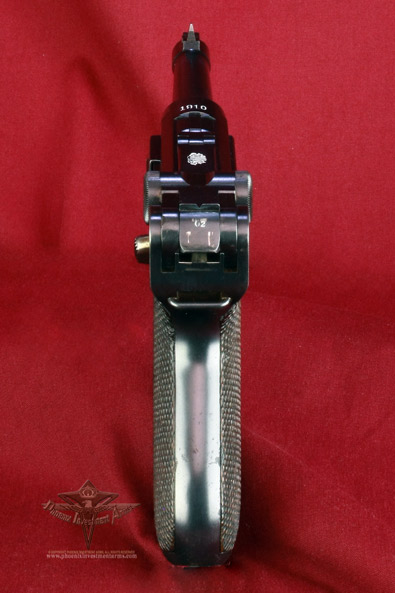
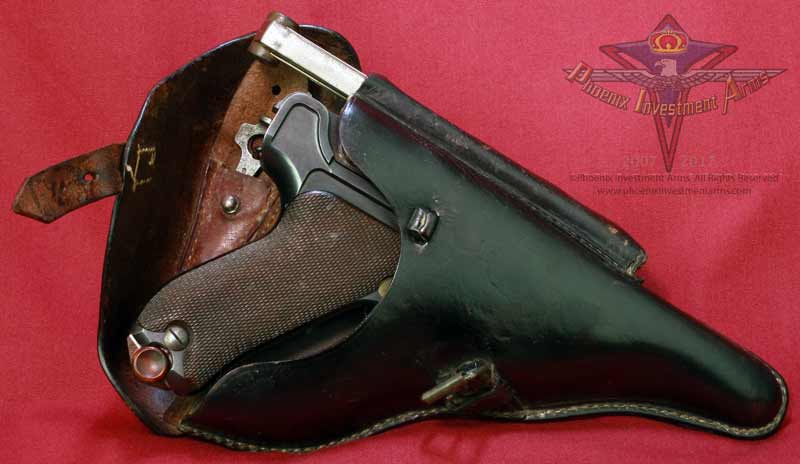
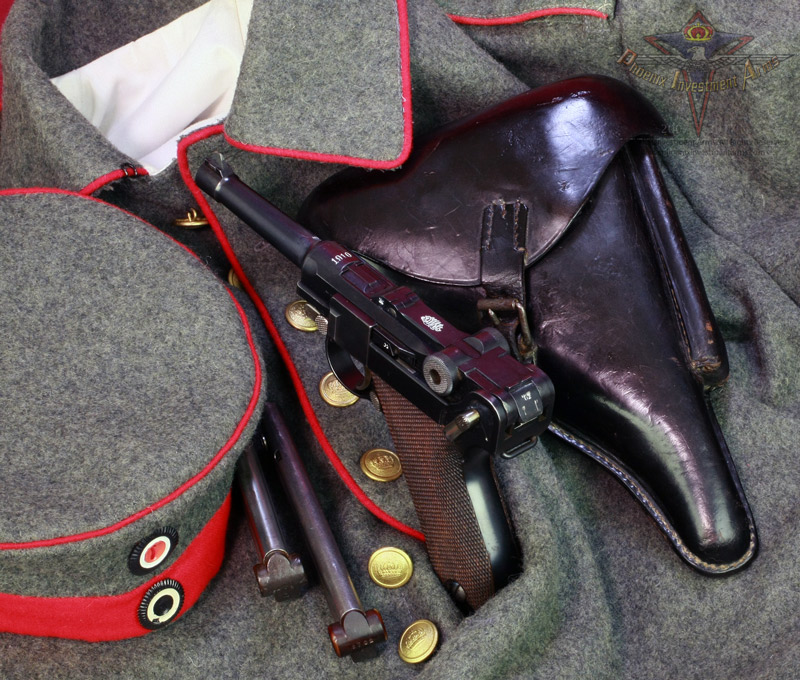
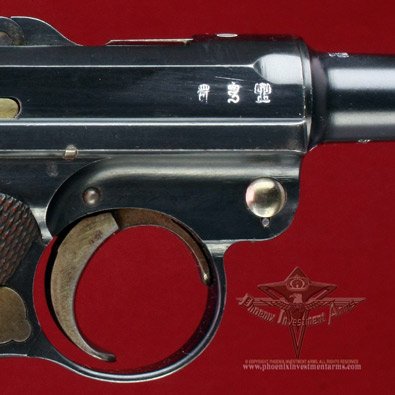
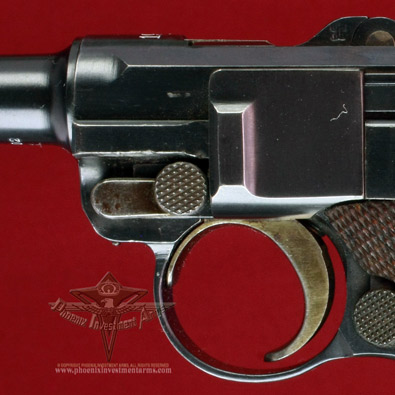
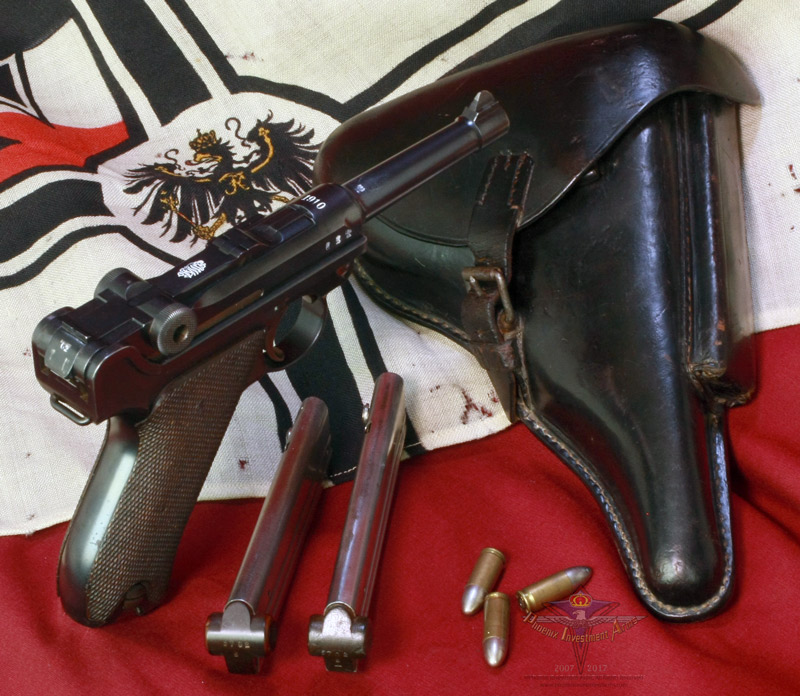
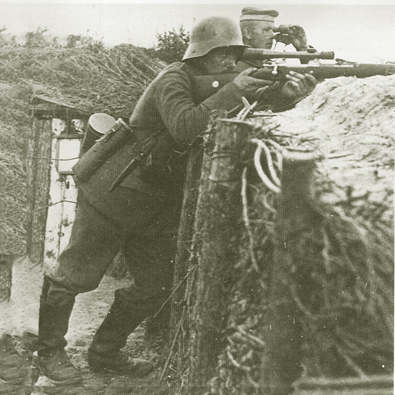
.jpg)

